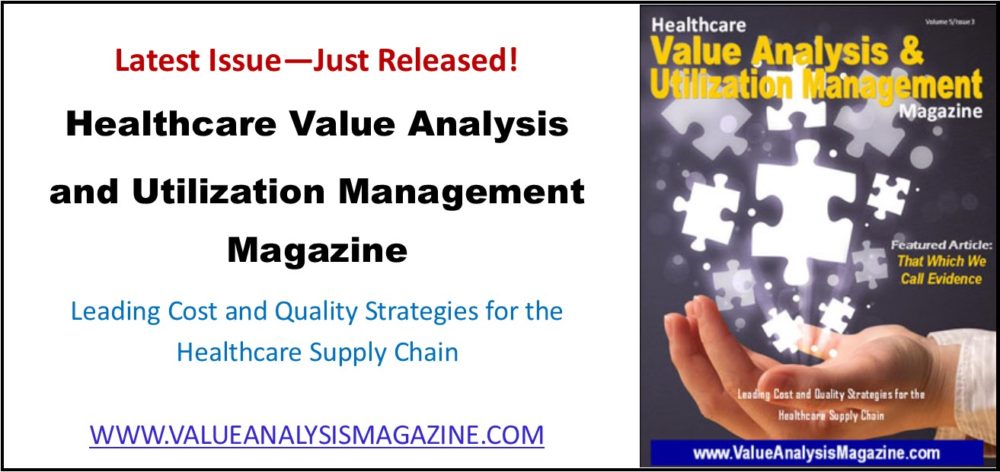Part of being a data-driven organization means making decisions based on objective, unbiased evidence—not opinions or educated guesses. How can your organization ensure opinions and bias are not involved? Benchmarking. Benchmark data provides a foundation to evaluate product utilization, clinical outcomes, and financial performance in a measurable way that is free from bias. For value analysis teams, this principle is critical. Without it, teams risk making decisions in a vacuum.
When evaluating evidence, value analysis professionals should ask themselves a few key questions:
- How do we know if our quality improvement efforts are truly successful?
- Are we using too much—or too little—of a particular product compared to peer organizations?
- Are our utilization patterns aligned with evidence-based practices, or do they reflect outdated habits?
- Is our facility obtaining the most competitive pricing, or are there opportunities for renegotiation or substitution?
Benchmarking helps answer these questions by offering context. It provides a way to compare your performance against similar institutions, understand industry norms, and identify outliers worth investigating. More importantly, it helps move the conversation from opinion to insight—from assumption to action.
Even if your organization doesn’t subscribe to a formal benchmarking platform, you can still apply the principles of benchmarking using internal data or public national indicators. Start by comparing performance across departments, facilities, or even individual clinicians. For example, if one unit is using significantly more of a product than others with similar patient populations, that’s a signal worth exploring.
National quality indicators—such as those published by CMS, AHRQ, or specialty-specific registries—can also serve as valuable references. These publicly available data sets provide targets for performance in areas like infection prevention, readmission rates, or procedural outcomes. They won’t replace product-level benchmarking but can guide clinical and operational priorities when external data is limited.
The key is to remain consistent. Whether you’re using external benchmarks or building your own internal comparisons, the goal is the same: Uncover opportunities, validate improvements, and support decisions with credible, data-informed evidence.
Article by:
Anne Marie Orlando, RN, MBA, RCIS, CVAHP, Senior Director, Clinical Programs at Blue.Point Supply Chain Solutions; Treasurer, Association of Healthcare Value Analysis Professionals
Anne Marie has been a critical care nurse for over 19 years with a leadership foundation in the Interventional Cardiology and Interventional Radiology space. During her supply chain tenure, Anne Marie held a dual role of Supply Chain and Clinical Resource Director where she operationalized many clinical initiatives while maintaining fiscal accountability. At the GPO level, Anne Marie served as the Director of Clinical Services for Yankee Alliance supporting member value analysis teams and their work with clinical utilization. Anne Marie is currently the Senior Director, Clinical Programs for Blue.Point Supply Chain Solutions supporting value analysis teams in the use of the Blue.Point platform focusing on aligning product utilization and standardization with evidence-based practice.
Articles you may like:
The Critical Role of a Clinical Value Analysis Dashboard: Empowering You and Your Organization





